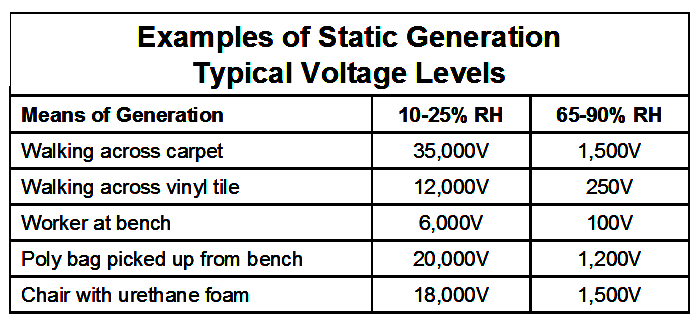Why do I only get a static shock when I touch metal?
June 13, 2013
Question: Why do I only get a static shock when I touch metal?
Answer: Shocks are usually only felt if your body is charged to over about 4000V, and you touch something conductive (like metals or water, or other people).
If the wall or door is made of wood, concrete or some other material that has low or intermediate conductivity, any static charge on your body escapes slowly and usually does not cause a shock. If you touch metal, water, or another person when your body is highly charged, the charge is discharged quickly as the material is highly conductive. In this case you may feel a shock.
Every Thursday, Transforming Technologies will answer questions concerning all things ESD: static causes, threats,  ESD prevention, best practices and all things static in a feature we call ESD Q&A.  If you have ESD questions that you would like to be answered, email info@transforming-technologies.com  with Q&A in the subject line.


